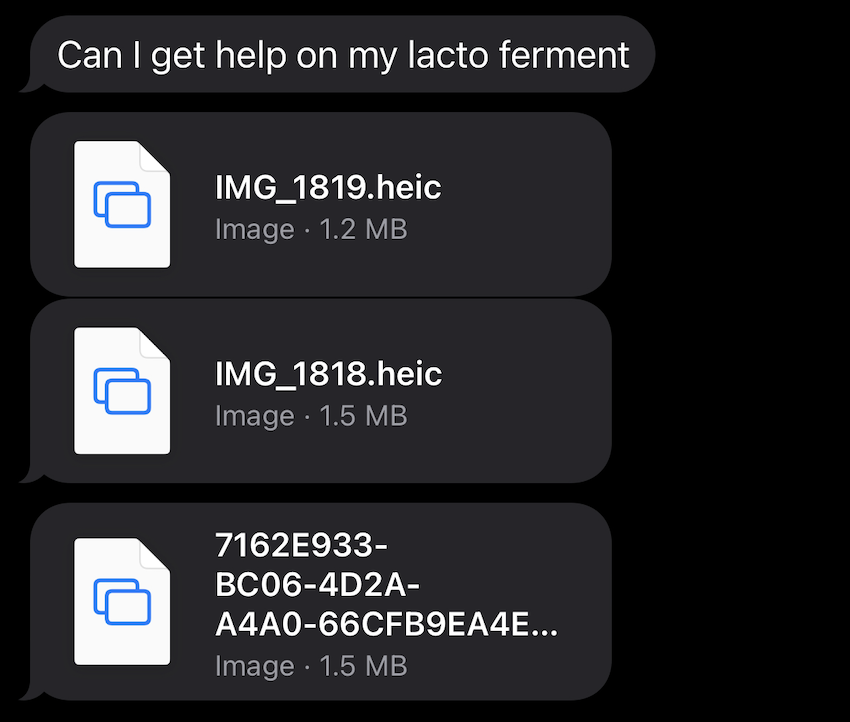Location: SoHo, NYC
Collaborators: The Northeast Larder Project and Jaclyn Chan
Supported By: Ambrook Ag
“fermentation isn’t just any rot—it’s culturally appropriate, socially significant, carefully controlled rot.” Joshua Evans
On Saturday September 13th and Saturday Sept 20th, Garnet and The Northeast Larder Project hosted a 2-part fermentation workshop.
part 1: learn about ferments – science, regional history, metaphor, and more – and make your own from local produce.
part 1.5: bring your ferment home, pay attention, take note, and take care of it.
part 2: return with your ferment, and taste each other’s over a shared lunch and conversation
Experience
We went to the Union Square Farmer’s Market Saturday morning to source vegetables and fruits for our miniature farmer’s market.
During the event, we’d also be talking about the history of fermentation in the Northeast United States, from pre-colonial indigenous methods to cider-making traditions and the pickle pushcarts of Lower East Side Jews to contemporary revivals.
So, when we saw the New York Cider Company, we excitedly tried a few ciders.
Wherever possible, we wished to weave sensory and taste experiences into our discussion of history. The great pedagogical advantage of teaching about food and drink, is that we can draw associative links between knowledge and taste, which both supports the cataloging of taste and makes information more sticky.
We picked up a bottle of The Hopped One, a wild-fermented hard cider that uses heirloom Golden Russets and Rhode Island Greening alongside New York State Willamette hops, which would traditionally be used as a bittering agent in beer.
At the space, we organized the room into a classroom, farmer’s market, and lab.
Participants flipped through our fermentation library, from The Noma Guide to Fermentation to Sandor Katz’s Wild Fermentation and Pascal Baudar’s Wildcrafted Fermentation.
As a baseline, we asked what people think of when they hear the word “ferment”. Here is what they said:
- Patience
- Tomato
- Gut Health
- Kombucha (x3)
- Mango
- Sourdough
- Kimchi
- Ume
- Bubbly (x2)
- Sour
- Ginger
- Mold and Bacteria
We sampled ferments, a white kimchi from Danny Bowein, a homemade shiso lacto pickle, and a lacto-fermented sunchoke from Kimchi Harvest. We also served a spicy dill pickle from Norwich Meadows Farm, to see if we could toy out the difference between acetic and lactic acid.
We discussed the science of lacto fermentation, the process by which lactobacilus converts sugars into lactic acid and CO2, and situated it the territory of the many other types of fermentation
Participants shopped at our farmer’s market, having to consider how varied produce items would ferment, and setup at a long table to make their own ferment.
Each person’s card, which served as a notebook during the event, also included tips for taking care of their ferment.
Cards prompted people to reach out to us, by phone or email, with questions on their ferments.
People sent texts and videos, and calls, seeking clarity on the nature of their observations. Is this clouded water okay? There is a light film on the top, what is that? I tasted it, and it tastes good, when do I know when it’s done?

In Part 2, a smaller group came together, bringing their ferments along with. We took each, ensured their safety, and dished them out on sample plates for a tasting and conversation. The ferments came out beautifully, with great lactic depth and diversity. Highlights included a cucumber and ground cherry ferment and a bok choy and grape ferment.
As the group tried each ferment, the ferment-maker shared more about what they noticed in the time between Part 1 and 2.
After this conversation, we moved to the table for lunch: a pot of wild rice, a bowl of fresh tofu from Fong On – some marinated in small batch fava bean miso and Einkorn Shoyu from Munich – fresh herbs, and each person’s ferment.
Each participant ceremoniously added a bit of their ferment liquid into the pot of rice, not dissimilar from adding vinegar to sushi rice.